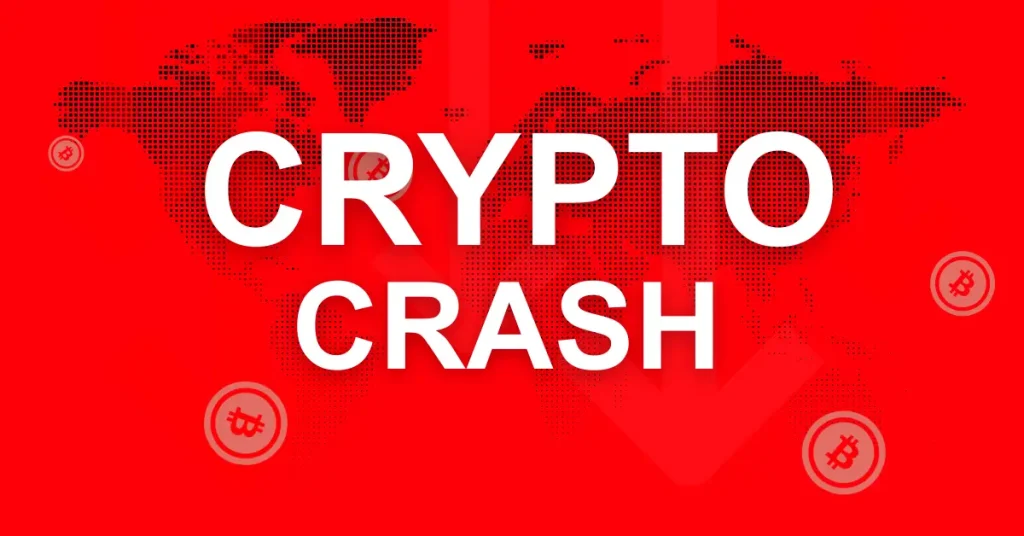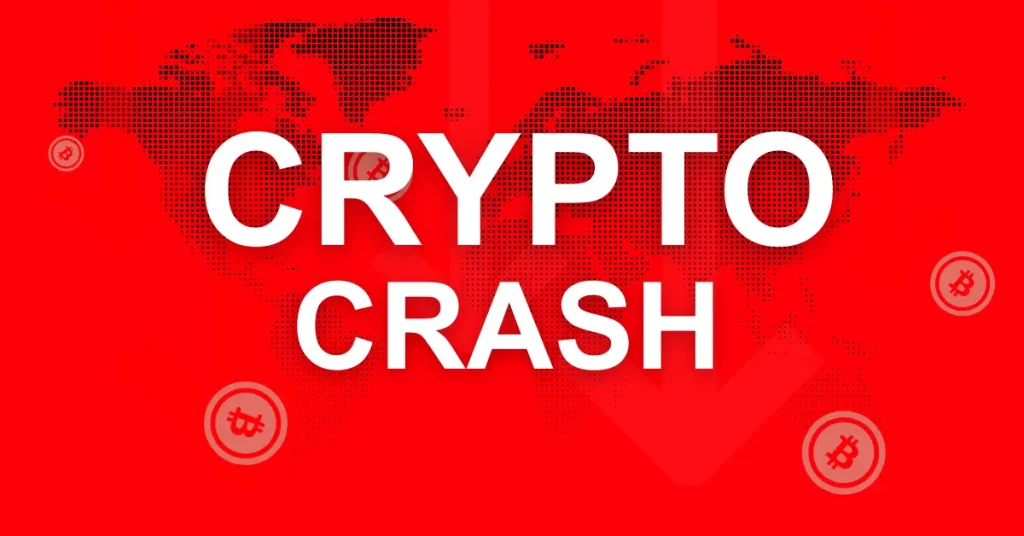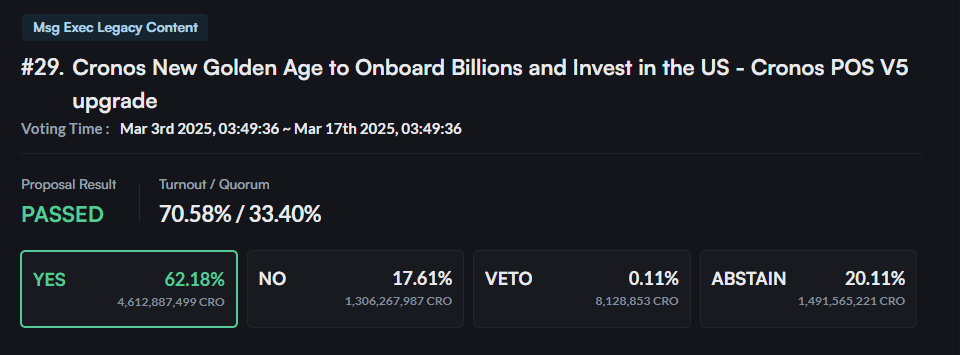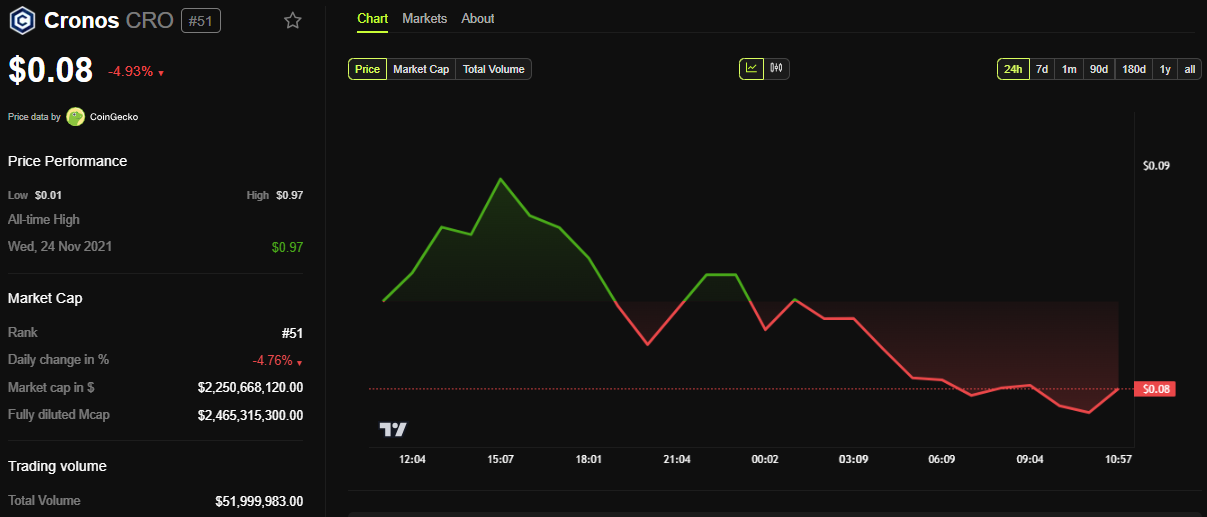
The post Why is The Crypto Market Going Down Today? appeared first on Coinpedia Fintech News
The crypto market is in the red today, with the global market cap slipping by 4.32% to $3.25 trillion. Most cryptocurrencies, including Bitcoin, Ethereum, XRP, and Solana, are seeing sharp losses. Bitcoin is trading below $104,000 at the time of writing. There is support near $101,000 to $102,000.
Ethereum (ETH) has dropped over 9% in the past 24 hours, falling to around $2,501. XRP has also taken a hit, slipping by more than 5% to trade at $2.11. Popular altcoins like Solana (SOL) and Dogecoin (DOGE) aren’t spared either — SOL is down over 10% while DOGE has fallen by nearly 9%. Even large-cap tokens like BNB and Cardano (ADA) have lost ground, dropping 2.89% and 8.6% respectively.
Geopolitical Tensions Shake Markets
The biggest reason for today’s crypto sell-off is a sudden escalation in Middle East tensions. Israel reportedly launched an airstrike on Iran’s nuclear facilities on June 13 and this geopolitical shock spooked global investors, sending them rushing toward safer assets like gold, which jumped 5%.
Historically, whenever there’s unrest in the Middle East, risky assets like cryptocurrencies tend to fall. Bitcoin alone dropped by nearly 4% intraday, a move similar to what happened during the U.S.-Iran conflict in 2020.
Macro and Regulatory Pressure
U.S. Treasury Secretary Janet Yellen recently warned that Donald Trump’s proposed tariffs could push U.S. inflation up to 3%. This could lead the Federal Reserve to keep interest rates higher for longer — bad news for risk assets like crypto.
Coinbase’s recent launch of CFTC-compliant perpetual futures contracts has pulled short-term liquidity away from spot markets, adding to the downward pressure.
The next big event for the markets is the upcoming interest rate decision, due in a few days. Right now, there’s a 99% chance rates will stay the same. The market’s hoping Fed Chair Jerome Powell will sound more confident about future economic stability, hinting at rate cuts later. If not, and if the Fed sticks to its “wait and see” stance, markets might stay weak for now.









